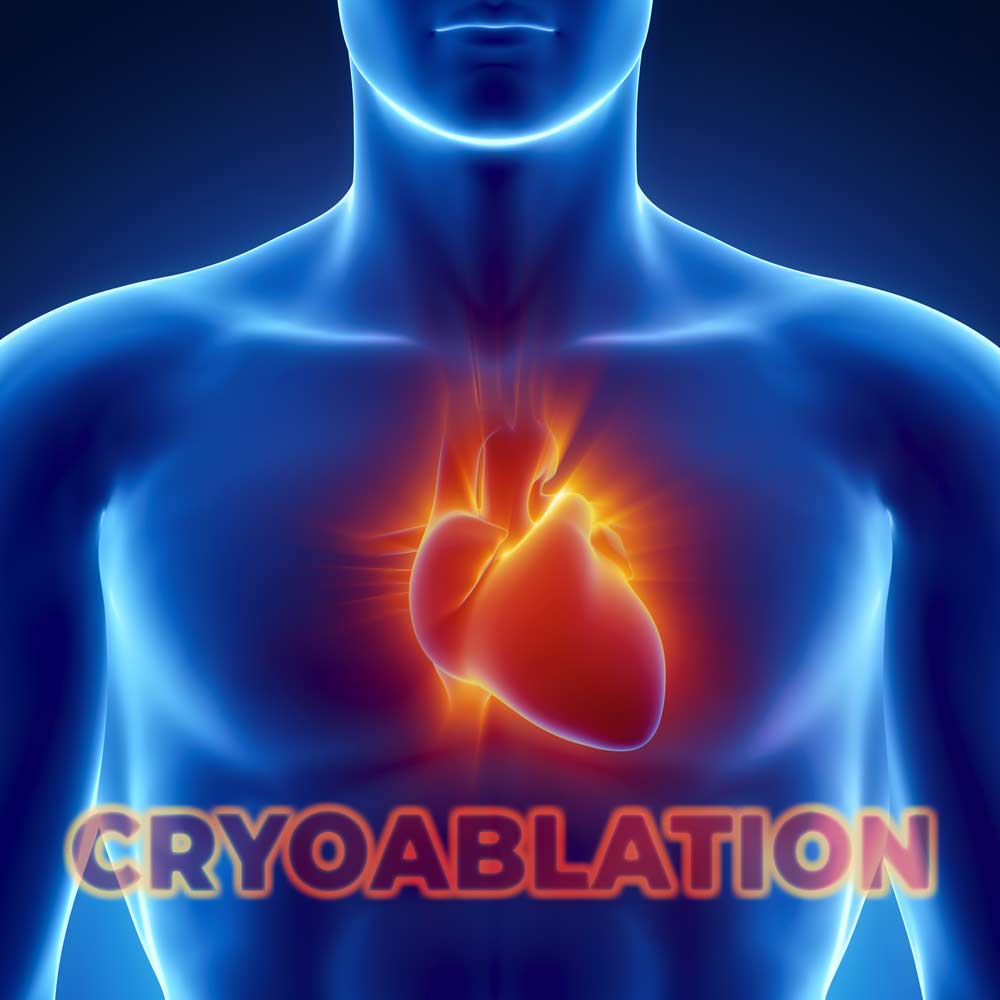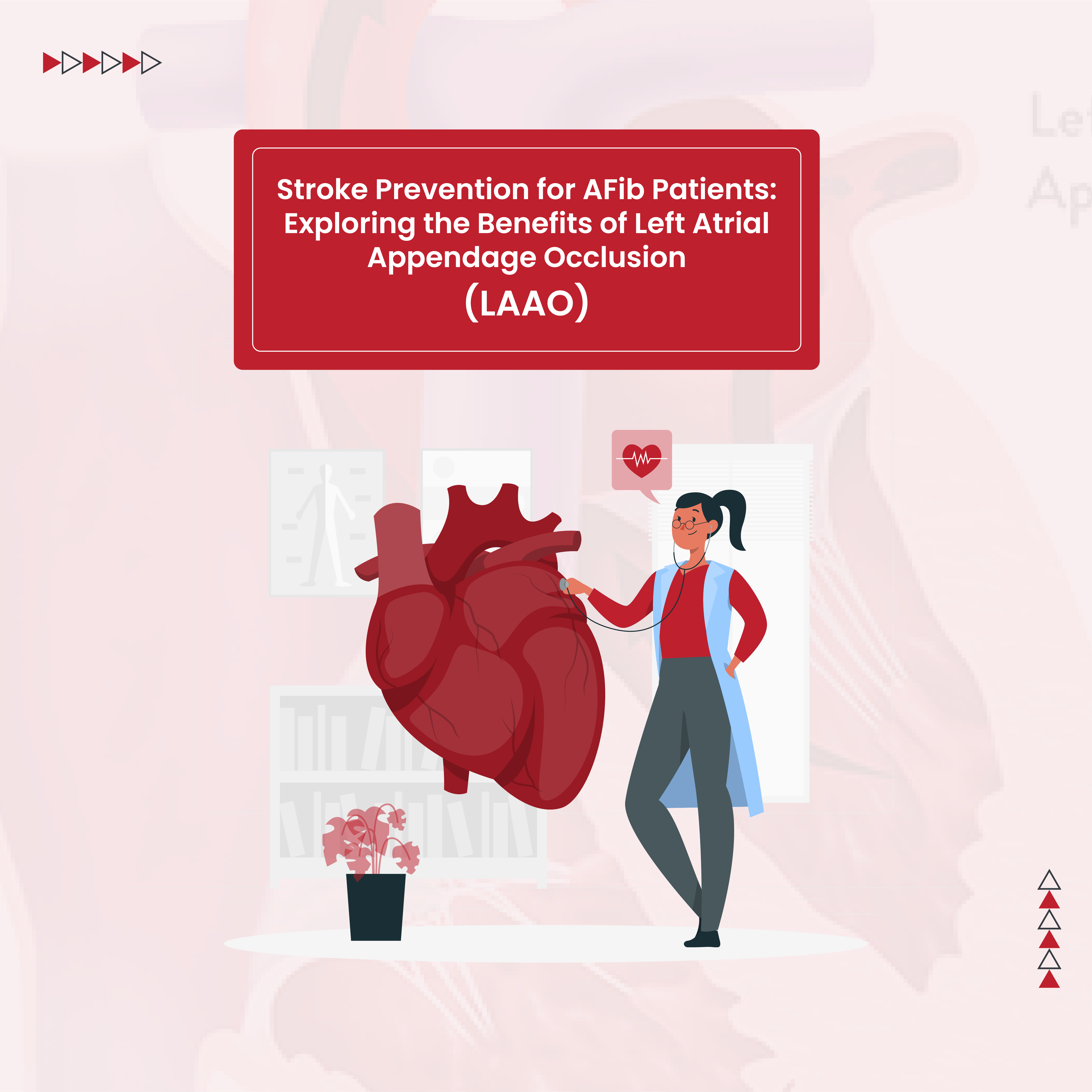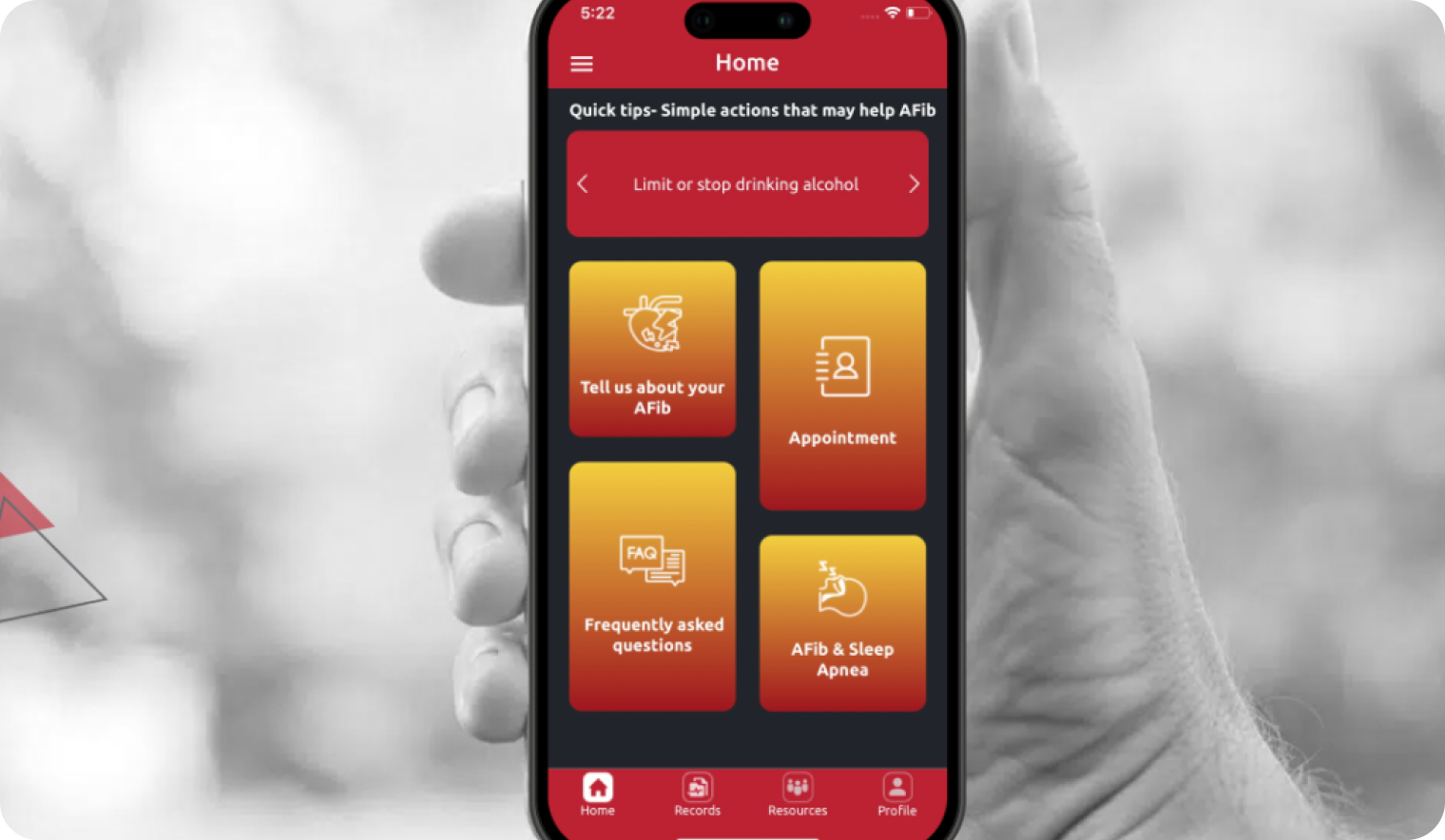Atrial fibrillation treatment focuses on rate control, rhythm control, and stroke prevention. The goal of rhythm control is to keep the heart out of AFib and in a normal rhythm. Rhythm control can be accomplished with antiarrhythmic medications, DC cardioversion or ablation procedures.
Catheter ablation is a minimally invasive procedure that uses freezing (cryoablation), heat (radiofrequency ablation) or laser to create small areas of scar tissue on the inside of the heart. The scar tissue creates ‘roadblocks’ that interrupt the abnormal electrical pathways which cause atrial fibrillation.
The heart rhythm of atrial fibrillation is often associated with high heart rates. For many years, controlling the heart rate with medications has been the first-line treatment for atrial fibrillation. Historically, if rate control alone did not adequately manage a person’s atrial fibrillation, a rhythm control strategy would be recommended.
However, there is increasing evidence supporting the importance of rhythm control. A recent study investigated rhythm control as a first-line treatment for people with early AFib, which was defined as atrial fibrillation diagnosed within the last 6 months. It found that patients who were treated with an early rhythm control strategy had fewer cardiovascular events, death from cardiovascular causes, and hospitalizations for heart failure or heart attacks.
How effective is cryoablation for AFib?
Pulmonary vein isolation is the foundation of AFib ablation, particularly for paroxysmal (intermittent) atrial fibrillation. During the early stages of atrial fibrillation, the tissue where the pulmonary veins connect to the left atrium is the source for AFib’s abnormal electrical impulses. Studies have shown that the most consistent benefit in catheter ablation comes from pulmonary vein isolation.
Cryoablation and radiofrequency ablation are equally effective for paroxysmal atrial fibrillation and have similar overall safety profiles. Fifty to eighty percent of people who have cryoablation remain AFib free one year after ablation. Amongst people who do have AFib recurrence after cryoablation, most have significantly fewer episodes. In fact, data shows that overall atrial fibrillation burden is up to 98% less after ablation.
During a cryoablation for AFib, flexible tubes called catheters are inserted into the large veins in the groin or upper thigh and guided up into the heart and the left atrium. Cryoablation uses a special cryoballoon to freeze the tissue just inside the pulmonary veins. This creates a ring of scar tissue which electrically isolates the pulmonary veins and prevents the abnormal electrical signals which cause AFib.
One advantage of cryoablation is the precision of the cryoballoon. The Medtronic Arctic Front Advance cryoballoon was created specifically for the anatomy of the pulmonary veins. The cryoballoon fits into the opening of a pulmonary vein and delivers circumferential freezing energy to create a durable ring of scar tissue. Because of the design of the cryoballoon there is less inter-user variability which creates more reliable and reproducible results.
What happens after cryoablation for atrial fibrillation?
Some people experience chest pain or shortness of breath during the first couple of weeks after cryoablation. This is usually because of the inflammation caused by the procedure and may be treated with anti-inflammatory medications.
It is normal to continue AFib medications for a few months after cryoablation for atrial fibrillation. It is not unusual to have a recurrence of atrial fibrillation while the heart is healing during the first three months after ablation. This is called the blanking period and atrial fibrillation which occurs during this period does not mean the ablation did not work.
If a person’s heart is in a normal rhythm three months after the cryoablation, some AFib medications may be stopped. Some electrophysiologists have their patients wear cardiac event monitors after the ablation to assess for recurrences of atrial fibrillation. This can be especially helpful because people are less likely to be symptomatic from AFib after an ablation.
Cryoablation is minimally invasive but there are risks associated with any invasive procedure. Important complications of catheter ablation include bleeding, developing a collection of fluid around the heart, stiffening of the pulmonary veins and phrenic nerve damage. Stroke is a rare adverse outcome after cryoablation.
How long does a cryoablation procedure last?
Pulmonary vein specific design benefits of the cryoballoon have helped streamline and shorten cryoablation procedure time. With the current technology, a cryoablation for atrial fibrillation takes about 2 hours. A study comparing cryoablation and radiofrequency ablation procedure times found that total procedure time was, on average, 20 minutes less for cryoablation than radiofrequency ablation. A shorter procedure time means a patient is under anesthesia for less time which helps limit the risks inherent with anesthesia.
Is cryoablation for AFib better than medications?
Cryoablation for AFib is recommended for people for whom antiarrhythmics have been ineffective or who are unable to take antiarrhythmics due to side effects. Cryoablation is also an option for people with AFib who do not want to take daily medications.
There has been a lot of debate in the cardiac electrophysiology world over whether cryoablation has any benefit over medications. A recent study of people with symptomatic paroxysmal atrial fibrillation showed that cryoablation was more effective than antiarrhythmic medications in helping to maintain a normal rhythm.
Cryoablation for atrial fibrillation is a safe and effective treatment option. Increasing evidence supports its use early in the AFib process with or without prior trials of antiarrhythmic medications. As the technology continues to advance, minimally invasive cryoablation is helping an increasing number of people with AFib.








